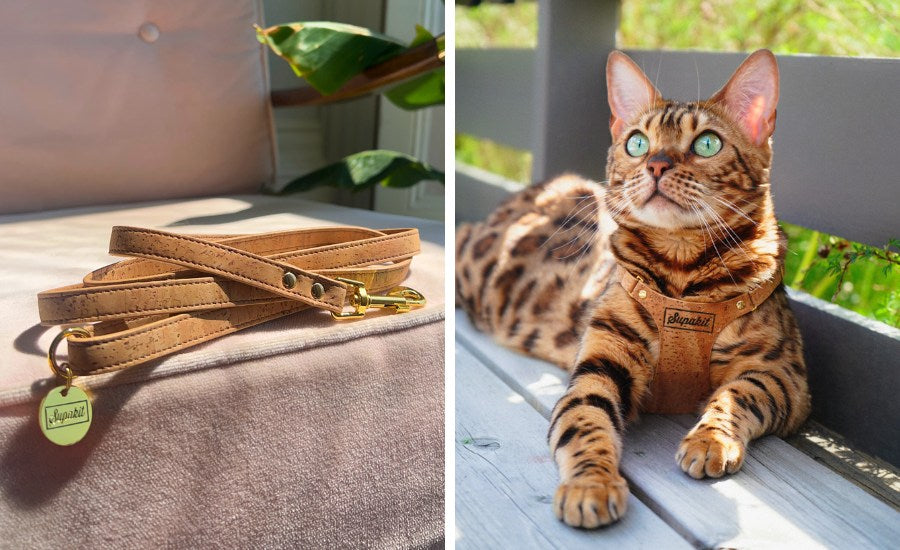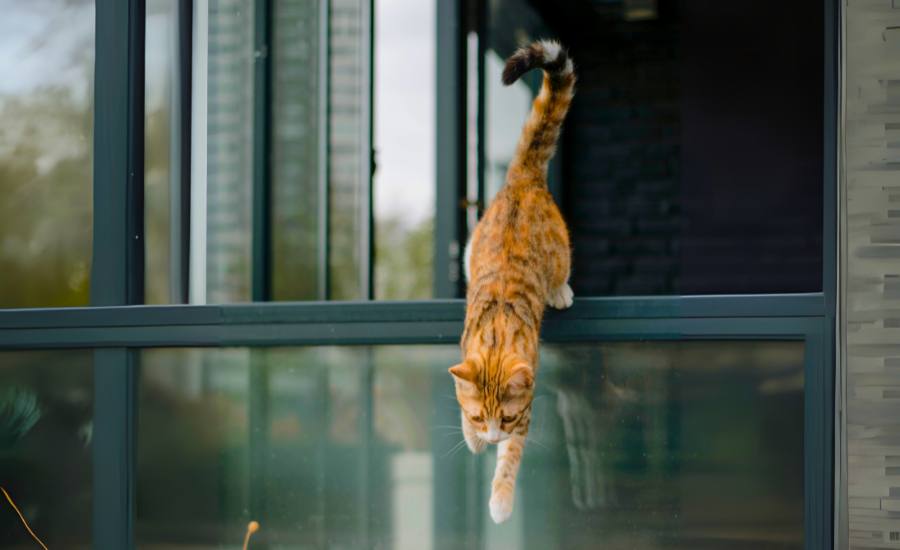Should You Put a Collar on Your Cat?
The Humane Society
Battersea Cats & Dogs Home
What are the benefits of putting a collar on your cat?

A breakaway cat collar & ID tag can:
1. Help to bring your missing cat home
A collar and ID tag shows anybody who finds your cat, at-a-glance, how to contact you and bring them home.
2. Show that your cat isn't a stray
Missing cats are often taken in by well-meaning individuals who see no collar and assume the cat must be a stray. A collar shows everyone that your cat already has a loving home.
3. Reduce hunting kills
For cats with access to the outdoors, a collar mounted anti-hunting device can reduce a cat's impact on local mammals and birds.
4. Help locate your cat around the house / avoid accidental injuries
Small cats and kittens in particular are at risk of injuries from being accidentally stepped on. A collar bell helps make their whereabouts known.
My cat is microchipped. Do they still need a collar?

Microchips are brilliant and it is advised that every cat should have one (indeed, depending on where you are in the world, it may be required by law). However, there's a common misconception that a microchip alone can bring a missing cat or kitten home.
“Microchips are a good back-up option for pet identification, but should never be the main one"
The Humane Society
There are three main limitations of microchips:
-
Your cat's microchip is invisible: We come across so many cats who have gone missing only to be inadvertently 'adopted' by well-meaning individuals who have seen a hungry cat in their back garden and taken it in as their own. A collar and ID tag shows everybody that your cat isn't a stray and has a loving home.
-
Microchips can only be read with a special scanner: If your cat does go missing, it's likely to be a private individual who spots them first. Not only will they be unable to read your cat's microchip, but it's also a big ask for them to try and catch a cat they've just spotted and transport them to a vet's or shelter where their chip can be scanned.
A visible ID tag is the perfect way to bridge the 'microchip gap'. It will allow any person who finds your cat to positively ID your missing cat, and empower them with a quick and simple way to take action.
- Microchips can be prone to error: In a study of 1,221 cats arriving at a rescue centre in Florida, researchers found that 56 of those cats had microchips, but only 25 of those chips led to reunions (source). That's because:
"Subject to human whims and errors, the [microchip] system can break down at several points...The serial numbers on the chips are often untraceable—either because they have never been registered in the first place or because pet owners fail to update their contact information with microchip registries when they move. For these reasons, an old-fashioned I.D. tag is the most visible way to convey that a cat is owned"
For these reasons, the best way to keep your cat safe is to equip them with both a microchip and ID tag - so that no matter the scenario, they'll have best chance of finding their way home.
Related post: 'What Information Should You Put On Your Cat's ID Tag?'
I worry that my cat will be hurt by their collar

“I’ve been doing this for 20 years...I have seen a lot of cats die in shelters because there are not enough homes for them, and no one could find their cat. I’ve never seen a cat hung in a tree, ever.”
Leslie Harris, Director of Dakin Pioneer Valley Humane Society
My cat is an indoor cat. Do they need to wear a collar?

"Even indoor-only cats should wear collars...with an ID collar, your cat has a better chance of safely and quickly getting back home."
American Humane
While your cat is indoors you're able to keep them protected from most of the dangers of the outside world. But indoor cats can and do escape. In one study in the US, a staggering 40% of missing cats were indoor-only cats who had escaped from their homes.
A collar and ID tag (ideally with the text 'I shouldn't be outside' or 'If outside please call...') can provide a simple way for people who encounter your indoor-only kitty on the streets to recognise that they are lost and in need of rescue. One phone call to the number on their tag later, and - hey presto - your kitty's coming home!
What if my cat refuses to wear a collar or loses it constantly?
We can totally empathise. We founded Supakit out of despair in trying to find a collar that our cats would wear happily, and most importantly keep on.
Through extensive research, we discovered that a cat's reluctance or difficulty in wearing a collar usually comes down to a combination of two factors:
-
COMFORT: If a cat's collar is uncomfy, they'll become preoccupied with removing it, and develop a suite of Houdini-esque tricks for escaping!
- FIT: A poorly fitting collar is not only uncomfy for a cat, it's much more likely to snag on things in their environment, triggering the safety buckle and resulting in collar losses.
We developed our collars to solve these issues. Our breakaway collars are made from lightweight yet strong natural materials that are ultra-soft and comfy, and most importantly of all - smell right to a cat. And, to achieve the perfect snug fit, we make sure that every collar comes with a fully adjustable band.
It's our greatest source of pride that the feedback we hear most often from customers is: "It's so weird, it's like my cat didn't even know they had a collar on!"
We have also developed a handy guide to collar (re)introductions which can help introduce cats to collar wearing in a stress free way, even if they have had bad experiences in the past.
Related post: 'Should You Put A Collar On Your Kitten?'







